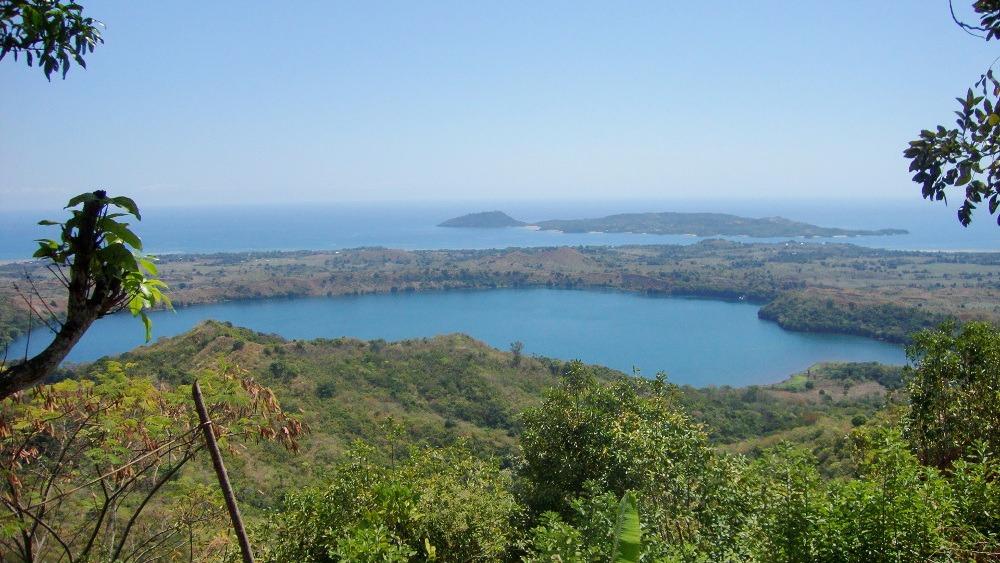
Preserving the biodiversity of Nosy Be island
Nosy Be’s flora and fauna are immeasurably rich. For scientists, this Madagascan island is a true temple of nature. It is home to numerous endemic species, but its animals are currently facing multiple threats. Conservation campaigns are urgently needed. Let’s focus on this crucial topic.
The fauna of Nosy Be: An invaluable treasure
Nosy Be is a Madagascan island renowned for its beach activities, particularly diving and sailing in the Mitsio Archipelago. Covering an area of 321 km², it lies along the northwestern coast of the country. Across the island, biodiversity is exceptionally abundant.
The island hosts approximately 20,000 plant species and over 100,000 animal species, both terrestrial and marine, some of which are endemic to Madagascar. Among these are three baobab species: Adansonia madagascariensis and Adansonia suarezensis, which likely occur naturally on the island, and Adansonia digitata, thought to have been introduced. Additionally, the island is home to butterflies, birds, lemurs, reptiles, and amphibians. The zoological park "Lemuria Land" and the Lokobe Nature Reserve are true reflections of this remarkable biodiversity.
The marine ecosystem supports a variety of fish species, as well as sea turtles. Further offshore, species like trevallies, tuna, sharks, and swordfish can be observed. Nosy Be’s waters also contain diverse crustaceans, such as shrimp, lobsters, and crabs.
Whale sharks, rays, whales, turtles, and dolphins are some of the exceptional marine life that can be found in Nosy Be. Every year, from June to September, humpback whales migrate to the northeast coast of the country for mating season. Traveling in large numbers, these marine mammals come to give birth. Meanwhile, whale sharks begin feeding in the region's waters starting in September.
Unfortunately, these cetaceans are under threat due to human negligence. Urgent and drastic measures are needed to ensure their protection.

Protecting the Fauna of Nosy Be: A priority
Human activities, often unintentional, are damaging nature. Sadly, the island's biodiversity, one of its main tourist attractions, is under significant threat. According to some reports, 25% of Madagascar's species could face extinction if global temperatures rise by 2°C. This scenario could become reality by 2055 if deforestation continues. In particular, bushfires may contribute to this temperature increase.
Similarly, marine populations are at high risk of disappearing if pollution persists. The discharge of waste into the sea is a toxic danger to aquatic species. The time to act is now. Preserving biodiversity is essential for the survival of these animals, which are integral to the island’s fame. It is critical to take measures to better protect them.
To safeguard these Omura whales and whale sharks, biodiversity conservation actions must be undertaken. USAID has already initiated campaigns to establish marine protected areas. These zones, in addition to conserving biodiversity, have the potential to contribute to Madagascar’s development.
© Détours Madagascar - Mai 2022
